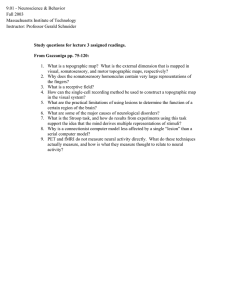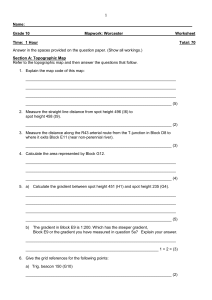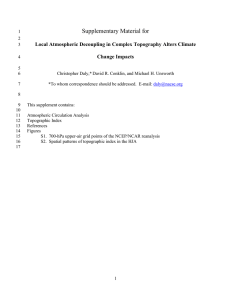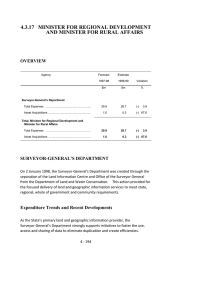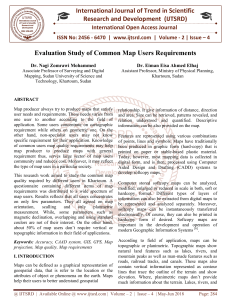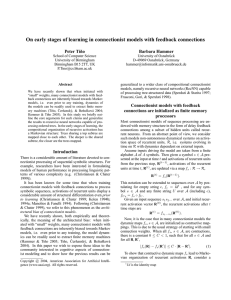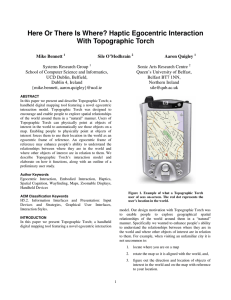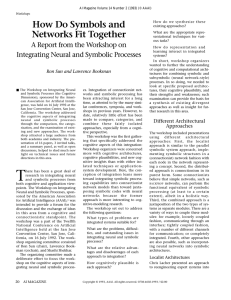11 assigned readings. Study questions for lecture From Gazzaniga pp. 75-120:
advertisement
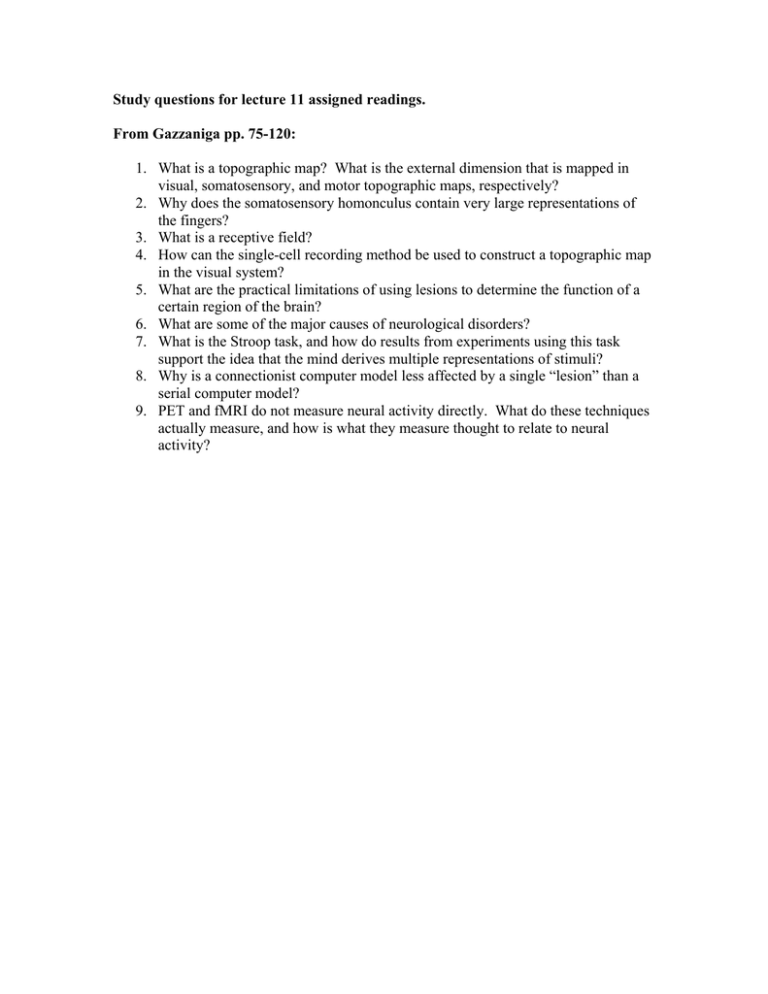
Study questions for lecture 11 assigned readings. From Gazzaniga pp. 75-120: 1. What is a topographic map? What is the external dimension that is mapped in visual, somatosensory, and motor topographic maps, respectively? 2. Why does the somatosensory homonculus contain very large representations of the fingers? 3. What is a receptive field? 4. How can the single-cell recording method be used to construct a topographic map in the visual system? 5. What are the practical limitations of using lesions to determine the function of a certain region of the brain? 6. What are some of the major causes of neurological disorders? 7. What is the Stroop task, and how do results from experiments using this task support the idea that the mind derives multiple representations of stimuli? 8. Why is a connectionist computer model less affected by a single “lesion” than a serial computer model? 9. PET and fMRI do not measure neural activity directly. What do these techniques actually measure, and how is what they measure thought to relate to neural activity?
